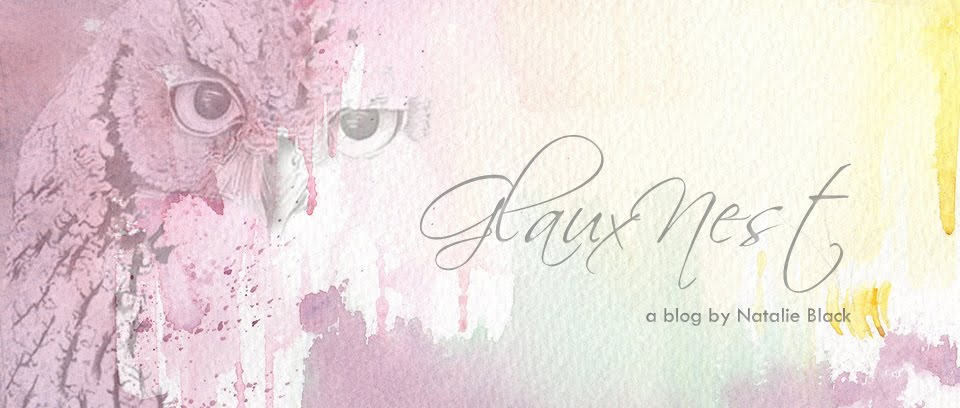What is the Anthesteria? [from Hellenion's Temenos]
The Anthesteria is a three-day festival that literally means Festival of Flowers, it celebrates the Spring, the dead and new wine. At the beginning of the holiday, the Athenians would crown children who were three years old with wreaths of the first flowers of the year. The first day, Pithoigia (Opening the Jars), focused on opening new jars of wine, pouring libations to Dionysos (praying that partaking of the wine, mixed with water as the God had taught, should be beneficial and harmless) and then drinking. Children often received their own small pots of wine. The second day, Khoes (Day of Swings), was filled with drinking contests and an erotic mood. Khoes ended with the sacred marriage of Dionysos and the queen. This occurred in the (usually closed except this night) inner chamber of the temple of Dionysos in the Marshes, and the details were kept secret. Khytrai (The day of Pots) was the last day and devoted to the cult of the dead. Pots containing the traditional foods for the dead, cooked vegetables and seeds, were left out for wandering spirits. Despite leaving food for the dead, people took precautions against the dead coming too close. These precautions included chewing buckthorn, roping off temples and smearing house doors with pitch. At the end of the festival, the spirits were driven from the city.
See also Anthesteria on Wikipedia
Anthesteria, one of the four Athenian festivals in honour of Dionysus (collectively the Dionysia), was held annually for three days, the eleventh to thirteenth of the month of Anthesterion (the January/February full moon);[1] it was preceded by the Lenaia.[2] At the centre of this wine-drinking festival was the celebration of the maturing of the wine stored at the previous vintage, whose pithoi were now ceremoniously opened, and the beginning of spring. Athenians of the Classical age were aware that the festival was of great antiquity; Walter Burkert points out that the mythic reflection of this is the Attic founder-king Theseus' release of Ariadne to Dionysus,[3] but this is no longer considered a dependable sign that the festival had been celebrated in the Minoan period. Since the festival was celebrated by Athens and all the Ionian cities, it is assumed that it must have preceded the Ionian migration of the late eleventh or early tenth century BC.
The three days of the feast were called Pithoigia (after πίθοι "storage jars"), Choës (χοαί "libations"; Modern Greek: χοές) and Chytroi (χύτροι "pots").
During the feast, social order was interrupted or inverted, the slaves being allowed to participate, uniting the household in ancient fashion. The Anthesteria also have aspects of a festival of the dead who freely roamed the city, comparable to the Roman Feast of the Lemures, the expulsion of ancestral ghosts: compare All Souls' Night and carnival. Either the Keres (Κῆρες) or the Carians (Κᾶρες) were entertained, and expelled from the city after the festival, symbolizing either the souls of the dead or the aboriginal inhabitants of Attica. A Greek proverb, employed of those who pestered for continued favours, ran "Out of doors, Keres! It is no longer Anthesteria". [4}]

No comments:
Post a Comment